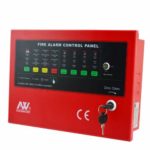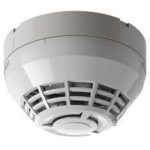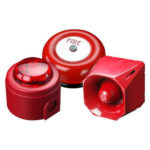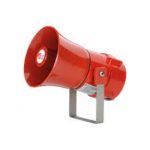Fire Systems
Secure your assets with our Fire System services
Companies lose millions in assets to fire outbreaks every year. Apart from destroyed property, lives could also be lost. Because of the severity of this form of accident, early detection of potential fire accident could be the difference between the safety and loss of lives and property. Okinelin Industrial Services offers fire detection and prevention services on an industrial scale. This includes design, installation and maintenance of fire detection systems, fire alarms, fire fighting and suppression systems.
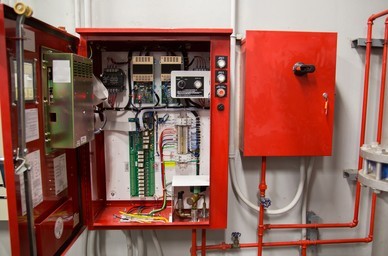
What is a Fire Alarm System?
A fire alarm system is designed to detect fires or and alert both building occupants and emergency personnel from a centrally monitored and controlled location. It is beyond more than just smoke detectors and sprinklers. It is a comprehensive system built to be able to identify where within the building an alarm originates from and detect when errors occur in wiring and connections that may hinder the system from working correctly. A fire alarm system is created to do four main things: detect, monitor, alert and control. These highly advanced systems use a network of appliances, devices and control panels to perform these four functions. To help you better understand the workings of an alarm system, we’ll discuss each component in detail below.
Types and Components of a Fire Alarm System
There are two types of fire alarm systems; the conventional and the addressable. The major difference between them is the way they communicate with their components. Though there is also a reasonable cost difference between the two, it is advisable to look beyond cost and consider which system would provide a comprehensive fire safety solution well-suited to the needs of your facility.
1. Conventional Fire Alarm System
Conventional systems are hardware-based and use analog technology. Conventional fire alarm systems are made up of zones. Multiple devices, both initiating and notification devices, make up a zone which connect to the main control panel. Conventional systems are analog in that they use electrical currents to communicate with the control panel. Initiating and notification devices are designed to dramatically increase the current in the circuit (the amount of electricity flowing through the wires) any time the environmental conditions (heat or smoke) in the area of the sensor exceed a predetermined threshold. This change in the current is communicated to the control panel to trigger the alarm.
Because a conventional system relies on individual circuits to communicate with the control panel, the information the panel can receive is limited to the number of devices it can support. The information is also limited in the sense that it only tells the panel whether a device has been activated or removed, not which device or where.
2. Addressable Fire Alarm System
Instead of relying on changes in the electrical current running through a circuit in a conventional system, with an addressable system digital technology transfers information from the connected devices to the main control panel as binary code – combinations of ones and zeros.
The binary code starts as an analog signal created by variations in voltage within the signaling device. With an addressable device, there is a “mini-computer” that converts these variations into binary code. Depending on the device and the types of information it is designed to convey, an addressable device can transfer a wide variety of critical information to the control panel as opposed to the single triggering signal that conventional systems provide.
The most important type of information that addressable systems transmit is exactly where the fire is occurring in a building. Because the exact location of each device in an addressable system is programmed in, firefighters know before they even arrive precisely where in the building the fire is occurring, which allows them to respond more quickly to a fire. With a conventional system, unless the area in which the system is protecting is a single room, the firefighters will have to spread out to locate the fire.
The components of a fire alarm system largely depends on the type of system, i.e., the components of a fire alarm system will vary depending on whether it is a conventional or addressable fire alarm system.
-
- Fire Alarm Control Panel: The fire alarm control panel, commonly abbreviated as FACU, is the system’s “brain.” It receives messages from the initiating devices, also known as inputs, and performs the functions based on these information. The FACU can turn on notifications, recall elevators, shutdown HVAC system and notify alarm monitoring center in the event of a fire incident. A poorly designed or installed fire alarm system that doesn’t get routine maintenance, testing and inspection will likely go off even when there’s no genuine danger. To avoid this, proper attention should be given to the system design and maintenance plan.
- Initiation Devices: Initiation devices initiate alarms, and, just like alarm panels, they can be either addressable or conventional. Some initiation devices, like water flow switches, are traditionally non-addressable, but connect with addressable modules. The switches can have specific addresses that let them communicate with addressable systems. Some initiation devices include: pull stations, duct detectors, smoke detectors, beam detectors, heat detectors, tamper switches, air aspirating detectors, etc.
- Pull Station: A pull station is probably the fire alarm system component you’re most familiar with. It’s a manually operated device that initiates an alarm signal when someone pulls its handle. While smoke may take a few minutes to reach a smoke detector, you can activate a pull station within just a few seconds of a fire or other emergency, which allows for a quicker evacuation and faster reaction times by the fire department. Pull stations are available in various sizes and shapes and can come with protective covers upon request.
- Notification Devices: These devices send a visual or audible notification to alert a building’s occupants to evacuate. This includes strobes and sounders or horns.
- Power Supplies: Power supplies cover main power from the breaker, batteries as backup for 24 hours, and sometimes a generator as backup power for many fire alarm systems. The batteries may be contained in either the control panel or in a separate enclosure. The batteries will take over should the power fail, allowing the system to continue protecting the building from fire for 24 hours. A generator can provide power for longer periods of power outages.
Have questions about our Fire systems?
Fire alarm equipment from the best brands
Integrating Fire Alarm Systems for Smarter Security Solutions
Integrating fire alarms with other systems create a more robust security solution for your facility. When integrated with access control system, it creates a mechanism whereby, in the occasion of a fire outbreak, all security doors are automatically unlocked for all occupants in the building to escape. With security surveillance, special cameras designed to spot fires and detect smokes can send signal to the control panel and an necessary personnel.
At Okinelin, we are conversant with all types and brands of fire alarm panels and components, offering services in system design, installation, commissioning, integration and maintenance. We also offer technical training to the staff who are tasked with managing the system. Because we understand the sensitivity of this kind of system, thorough care is taken on every project we embark on making sure that our clients receive the very best service that they deserve.
FIRE DETECTION & ALARM SYSTEMS
C-TEC
- Software
- Sounders
- Control Panels
- Call-points
- Detectors

LifeCo System - Detector

LifeCo System - Sounder
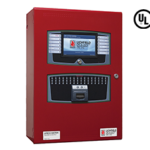
LifeCo System - Sounder
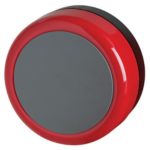
Gent - Sounder
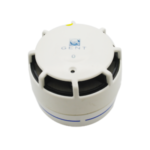
Gent - Detector
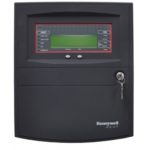
Gent - Control Panel
FIRE FIGHTING & SUPPRESSION SYSTEMS
FM/UL APPROVED CLEAN AGENT SYSTEMS
- K-Factor Pendent & Upright Sprinklers
- LifeCo FM-227EA Clean Agent Suppression System
- Status Indicators
- Hawk Extinguishing Control Panel
FIRE PUMP SYSTEMS
- Deluge Valves
- Check Valves
- Valves Accessories
- Zone Control Valve Assembly
- Pressure Gauge
- Water Flow Indicator
- Supervisory Switch
- Horizontal Foam Cutting Machine
- OS & Y Gates Valves
Effective Fire Systems for Your Protection
Okinelin offers reliable fire systems for maximum protection
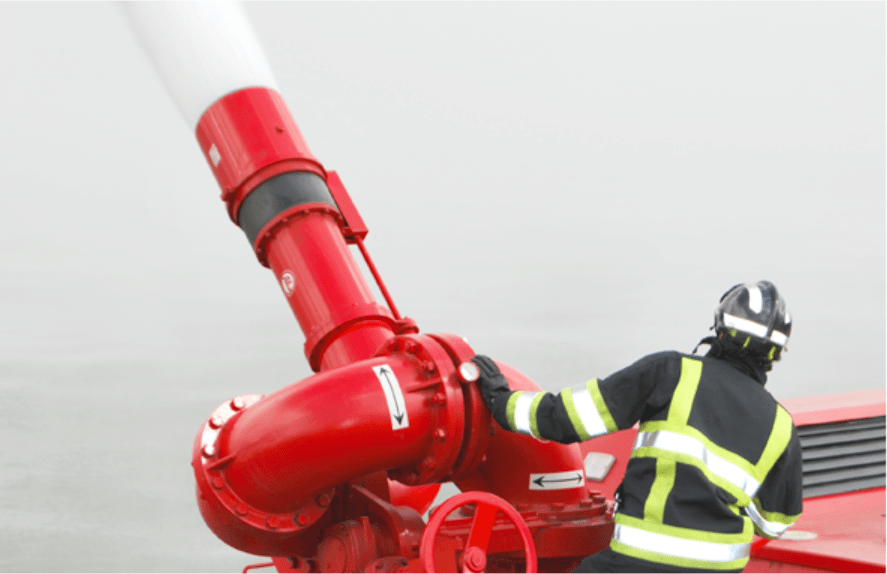
Why Choose Us?
VALUE-ADDED SERVICES
Get your money’s worth in products and services.
WEALTH OF EXPERIENCE
With over 15 years of experience, we have the technical skill to handle any task no matter how unique they may be.
TRAINED PROFESSIONALS
Our engineers and technicians are trained to deliver the very best on every project.
ALWAYS AVAILABLE
We are always available to attend to you long after the job is completed.
